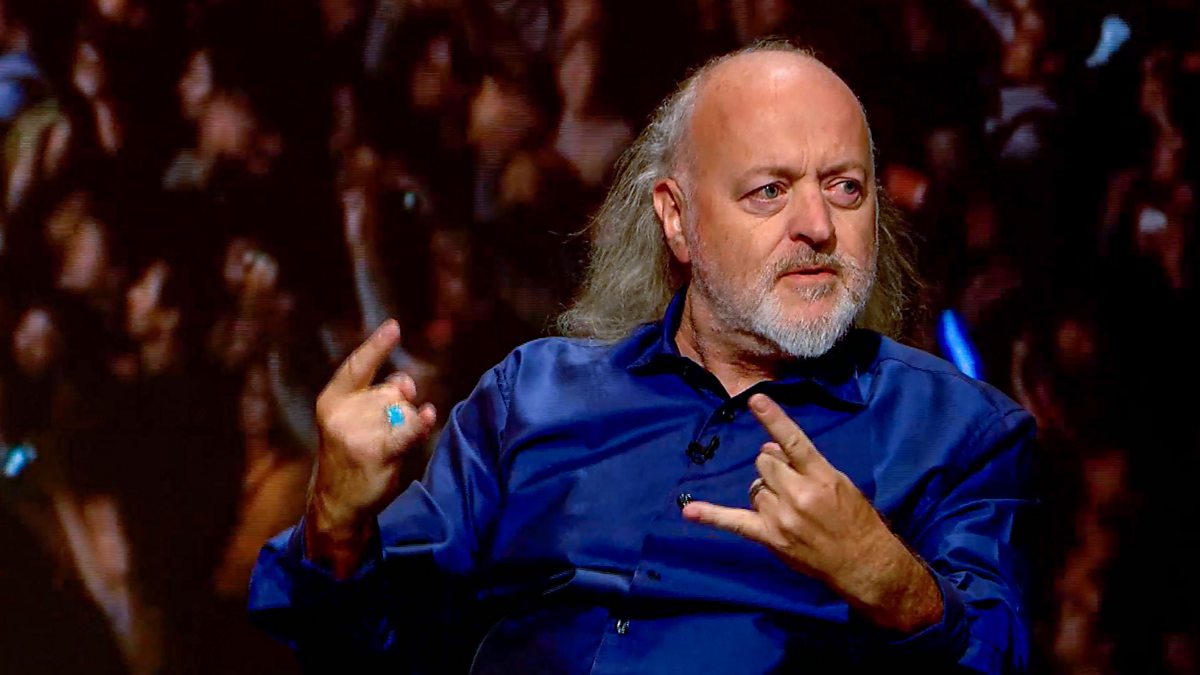Not sure where to post this.
Watching QI the other night, they were talking about the pianola and that there were rolls of the composers actually playing their own works..."As if you had Grieg playing for you"...IIRC.
So if this is true, how do they encode the finer details such as how hard the keys are hit etc ?
TIA
Watching QI the other night, they were talking about the pianola and that there were rolls of the composers actually playing their own works..."As if you had Grieg playing for you"...IIRC.
So if this is true, how do they encode the finer details such as how hard the keys are hit etc ?
TIA



Comment